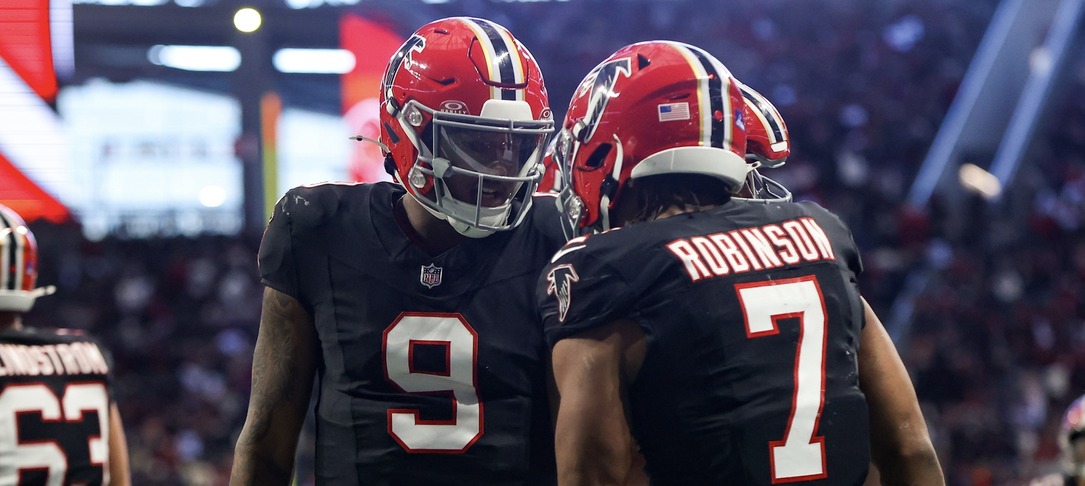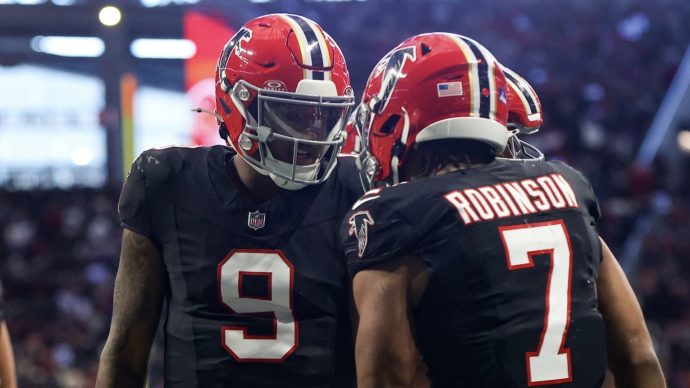If you dig through my voluminous archives of gambling articles, you’ll come across several thousand words on millennials. From 2014ish to 2017ish, millennials were the proverbial talk of the gambling town.
Conferences were overflowing with presentations explaining the “Millennial Problem” and how such-and-such product or service could solve it. The funny thing is, the Millennial Problem worked itself out, and the gambling world is now told it has a Gen Z problem that desperately needs addressing.
If only someone could have predicted this in 2015:
“Casinos might be better off waiting 10 years (until the millennials are 30+) before they market their gambling options to millennials. Unfortunately, they’ll probably disregard the “old” millennials in 10 years and be busy working on ways to bring Generation Z into the gambling fold… and getting frustrated at their lack of penetration.”
These theoretical conversations about the habits of future players are exciting and essential. The problem arises when they are elevated above the current customers, and as I’ll (eventually) get to in this column when all the terminology and innovation attempts to appeal to future players.
Innovation Is Hard
Gambling products have been handed down to us over generations, leaving us with a well-curated list of popular games. Their popularity isn’t because they were the only games of the time. They are popular because they are extremely well-designed games with hundreds of years of refinement. Thousands upon thousands of games have been tried, with only a handful of survivors.
It’s no accident that the most popular casino games (excluding slots) are all hundreds of years old.
Here are the number of gaming stations by game in Nevada, from August 2021 – July 2022, as well as the date a popularized version of the game recognizable today appeared:
- Blackjack (1700s) = 2,010 stations
- Poker (1800s) = 497 stations
- Roulette (1600s) = 439 stations
- Baccarat (1400s) = 390 stations
- Craps (1700s) = 322 stations
- Pai Gow Poker (1985) = 207 stations
Of the “newer” table games, only Pai Gow Poker has caught on. The newest game with any serious presence is Let it Ride (1992), with 42 gaming stations. The rest fall into the Nevada Gaming Control Board’s “Other” category, which totals just 178.
Where Innovation Has Happened
The inability to innovate isn’t from a lack of effort. Nor should it be confined to new products. New delivery channels and refining existing products are where recent and current innovation is taking place.
Songs handed down to us from previous eras get propped up as some Golden Age of music, and it’s only because the hive mind has put in decades of work curating a list of the excellent music produced during that era. There was plenty of trash music in the sixties and seventies. You just rarely hear it now. Contrast that to someone trying to find the great music of today. That person will have to wade through mountains of music on the awful to alright spectrum to discover the treasures. And the gold may never live up to the treasures of the past.
The Next Stage of Sports Betting
So, where are the future sports betting treasures?
Sports betting innovation appears focused on speed. If traditional sports betting is a musket, the innovators in the sports betting space are trying to develop semi-automatic and full-automatic products.
On that front, a new sports betting term has landed, micro-betting. Micro-betting attempts to replace in-play, in-game, or live betting as the preferred nomenclature for real-time wagers. Or, as “the future” ready to overtake traditional wagers as the preferred betting method.
Setting aside whether micro-betting (in-play or whatever you want to call it) is the future, it’s a strange term. Most people will intuitively think it refers to the amount of the bet and not the intended definition, which is a bet that resolves quickly. The reason for this confusion is people measure bets in dollars.
It’s a lot like the word parsec in the Star Wars universe. Casual viewers will understand a parsec as time, with only true Star Wars fans knowing it refers to distance. The reason is in our universe, people brag about how quickly they can get from Point A to Point B, not if they were somehow able to shave distance off. No one says, how many miles did it take you to get here?
Bottom Line
It’s a bad idea to settle on a term that needs explanation. Poker is full of this language, and before the internet, learning poker in a cardroom meant learning the game and a new language. The internet helped, as players can avoid the face-to-face embarrassment of not knowing these terms and can quickly Google any terminology they are unsure of. That said, it was, and remains, a considerable barrier to entry.
Sports betting has its language too, but there is less of a subculture, so as sports betting spreads across the US, it has an opportunity to use simple, straightforward language, and it would be wise to avoid industry terms at all costs.
But more importantly, the industry must be careful about throwing the baby out with the bathwater. Pre-match sports betting has been around forever. And if it’s overtaken, it won’t disappear.






